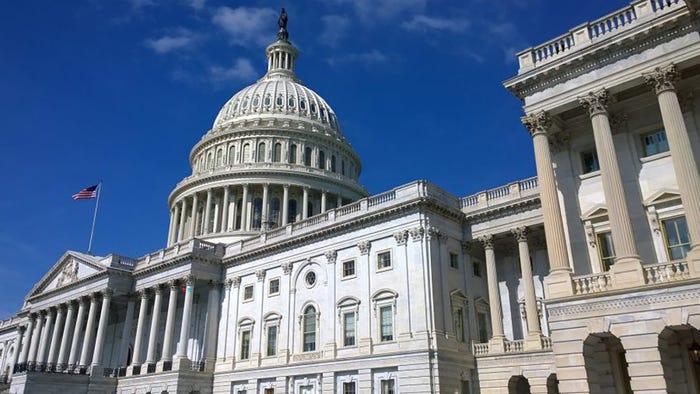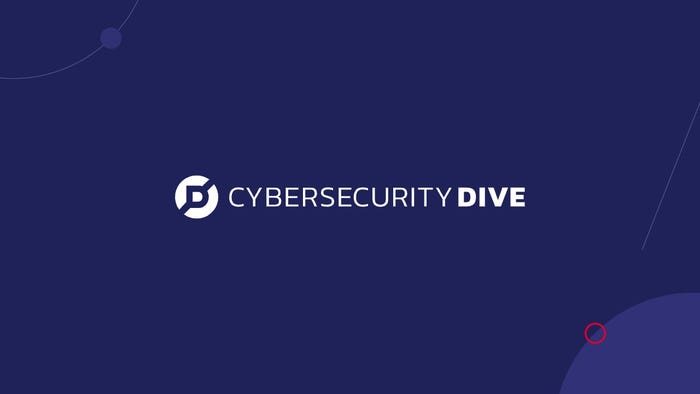
FirstNet’s business model, while difficult, is not a ‘mission impossible’FirstNet’s business model, while difficult, is not a ‘mission impossible’
By Bill Schrier. By working with the right partners and finding all user groups related to public safety, FirstNet can have the kind of customer base--and accompanying business model--needed to ensure that the nationwide broadband network for first responders is able to be built and maintained.
November 19, 2013
By Bill Schrier
How can FirstNet possibly pay for its initial construction, subsequent network enhancements and long-term operations? While extremely challenging, there is a way.
The Spectrum Act of 2012, which created the First Responder Network Authority, specifically requires that the nationwide public-safety broadband communications network that FirstNet is building pays for its own long-term operational costs. It also requires that any income derived from the network is used to fund improvements and operations.
This is going to be extremely difficult to accomplish, and some may think it to be impossible. The nationwide U. S. commercial networks have tens of millions of network users on cell phones, smartphones, tablet computers, and other devices. AT&T and Verizon each have more than 100 million users. This gives those networks a wide base over which to spread the costs of enhancements and operations.
In contrast, FirstNet—even if it is used by every first responder and many other responders in the nation—will have less than 5.4 million users. FirstNet’s network also will be considerably more expensive than the commercial networks—it must be “hardened” or built to “public-safety grade” to withstand disasters.
Further, this network must be “nationwide,” i.e., provide coverage whenever and wherever communications are needed by responders. Finally, in addition to the costs of building and operating such a network, FirstNet must plan for continual upgrades as new releases of the network operating protocol—Long-Term Evolution (LTE)—are fielded. Some of those releases will require upgrades or replacements to hardware: radio transmitters and receivers, devices, electronics at cell sites and so forth.
With 10% of the user base and costs exceeding those of commercial networks, what possible business model would allow FirstNet to succeed?
Joe Ross and the folks at Televate have done seminal work exploring this issue of business models. You can read about their work in an online article or download their white paper. Televate estimates that the cost of building a minimal-footprint, nationwide network will cost $12.5 to $16 billion, far beyond the $7 billion authorized by Congress. Televate further estimates that annual operational costs will be $1.5 billion to $2 billion more than the projected income.
FirstNet board members have talked publicly about the potential for about 5 million users of the network. However, these user estimates are predicated upon almost every potential responder—police, fire, emergency medical, public works, utilities, transportation and so forth—using FirstNet’s network. Nothing in the law requires such responders to use this network as opposed to a commercial service, so FirstNet will not only have to create a superior product, but it also will have to mount an aggressive marketing campaign to build its user base.
How can it do so? The first part of the answer concerns the “profit motive” for shareholders. Craig Farrill, a FirstNet Board member and acting chief technical officer, has highlighted the profit margins of commercial companies. Verizon for example, reported net income of $2.23 billion in Q3 2013 against sales of more than $30 billion (these numbers are for all operations, including wireless). FirstNet doesn’t need to make such profits. Similarly, FirstNet doesn’t need to pay exorbitant salaries to executives or dividends to shareholders.
Still, the question remains, how can FirstNet operate a nationwide “hardened” wireless network with a user base that is 10% or less than that of the major national carriers?
To answer that question, I suggest the following potential uses and users:
· Find every possible first responder with both handheld and vehicle-mounted devices—law enforcement, firefighters, emergency medical and emergency management. This would include private ambulance and firefighting services (e.g., oil refineries and major manufacturers like Boeing), and private police and security, such as those protecting the Navy Yard in Washington D.C.
· Find and engage every possible federal responder—FBI, Secret Service, Forest Service, Park Service, Coast Guard, Border Protection and more.
· Offer special programs for volunteer agencies and users such as volunteer firefighters, search-and-rescue and others who will need lower-cost devices and rate plans.
· Identify all electric, gas and water utility crews and field users, both public and private. Such utilities are crucial to public health and safety, both to keep the energy and water flowing daily but especially after even small disasters.
· Find all transportation, transit and related users, e.g., trains, buses and light rail. Such responders are critical, whether they manage evacuations, respond to traffic crashes or protect the safety of riders on busses and trains.
· Engage other responders and government field forces, including animal control, building inspectors, parks and recreation, and others.
· Focus on the smartgrid. Increasingly electric, water and gas utilities will automate their meters and distribution systems with wireless devices, not just to manage and bill usage, but also to control the network, rapidly detect outages, and remotely turn services off and on at individual premises. There are probably 144 million or more electric meters alone—perhaps more than 200 million when gas and water are included—which, at a dollar a month or so, represent a revenue source of $2 billion or more a year with relatively low capacity requirements.
· Similarly, focus on intelligent transportation systems. The transportation grid also is becoming “metered,” with sensors and control devices in traffic signals, parking spaces, traffic cameras and other devices. Federal transportation officials are advocating “connected vehicles,” where wireless devices in vehicles will communicate with other vehicles and the transportation grid to prevent crashes and improve traffic flow.
· Embrace the “Internet of government things.” Beyond what’s listed above, there are and will be many devices owned and operated by governments which can be wirelessly enabled to improve public safety, the primary goal of FirstNet. These include video-surveillance cameras, automatic vehicle location in all vehicles, body-worn video, and even “Google glass” devices to be worn by responders.
This list of potential users and uses is just a start for the FirstNet business plan. FirstNet will have to compete with many other networks that can provide such services. The business plan will need flexible rate plans and a robust marketing plan emphasizing the secure and public-safety nature of FirstNet’s services. But, with a bit of ingenuity and an innovative spirit, the potential exists for a FirstNet that meet its “mission impossible” of not just paying all its operational costs, but also generating enough revenue for further build-outs (in-building, remote area coverage) and future upgrades in technology.
Bill Schrier is senior policy advisor in the state of Washington’s Office of the Chief Information Officer, and chairs the state’s interoperabilityexecutive committee. Previously, he was CIO for the city of Seattle. He also is a member of UC’s editorial advisory council.



